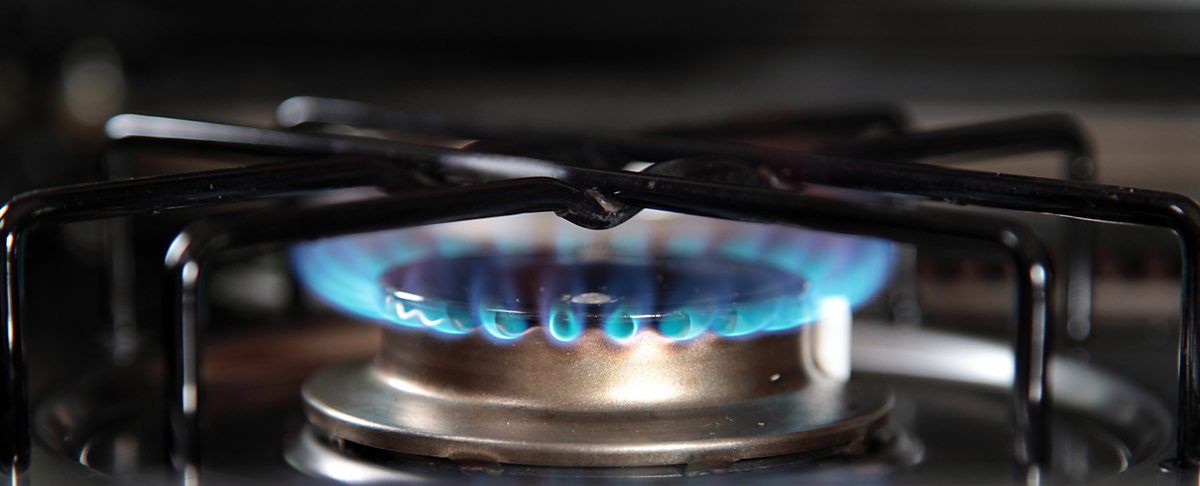CBSE Class 8 Science Chapter 6 Revision Notes
Chapter 6: Combustion And Flame Revision Notes
-
Combustion is the process of burning a substance in the presence of oxygen (air) to produce heat and light through a chemical reaction.
-
Combustible compounds such as cooking gas, charcoal, wood, and paper burn in the presence of air.
-
Combustion needs oxygen which is found in the air around us.
-
Heat and light are produced during the combustion process.
-
The lowest temperature at which a flammable substance ignites is called the ignition temperature.
TYPES OF COMBUSTION
-
Depending on the fuel type, combustion varies.
-
Combustions are categorised into three groups based on their nature and severity.
-
They are as follows:
(i) Rapid combustion
(ii) Accidental combustion
(iii) Explosion
FLAME
- A zone or a burning vapour is referred to as a flame.
- Flames are created when chemicals vaporise during combustion.
- Kerosene oil and molten wax are two examples.
- The ignition temperature of combustible compounds is relatively low.
- Fire can be tamed by removing one or more conditions that cause it to burn.
- Water is typically used to put out flames.
- Water should not be employed to put out flames caused by electrical appliances or lubricants.
A flame can be divided into three distinct zones: black, bright, and non-luminous.
FUELS
Any material burned to provide energy that may be utilised to heat or move another thing is referred to as fuel.
A good fuel must meet the following criteria:
• It must be readily available.
• Be low-cost.
• Burns quickly and easily at a moderate rate.
• Be able to generate a lot of heat.
• No unwelcome substances should be left behind.
- Fuels come in a variety of forms.
- Fuel efficiency is measured in terms of calorific value, measured in kilojoules per kilogramme.
- Solid fuels are combustible materials that are solid at normal temperatures. Coal, coke, wood, charcoal, and similar materials are examples.
- Liquid fuels are volatile liquids that emit flammable vapour. Petrol, kerosene, alcohol, diesel, and other fuels are examples.
- Combustible gases or mixtures of combustible gases are used as gaseous fuels. Natural gas, LPG, biogas, coal gas, and so on are examples.
- The effectiveness and cost of various fuels vary.
Effects of Fuel Burning:
(i) Carbon fuels such as wood, coal, and petroleum emit unburned carbon particles. These are harmful chemicals that cause respiratory illnesses like asthma.
(ii) Carbon monoxide is a toxic gas produced by incomplete combustion of carbon fuels.
(iii) Global warming is thought to be caused by increased carbon dioxide levels in the atmosphere.
(iv) Sulphur and nitrogen oxides dissolve in rainwater, forming acids. Acid rain is the name for this type of rain. It is incredibly destructive to crops, structures, and soil.
Source:Chapter-6.pmd (ncert.nic.in)
]]>

